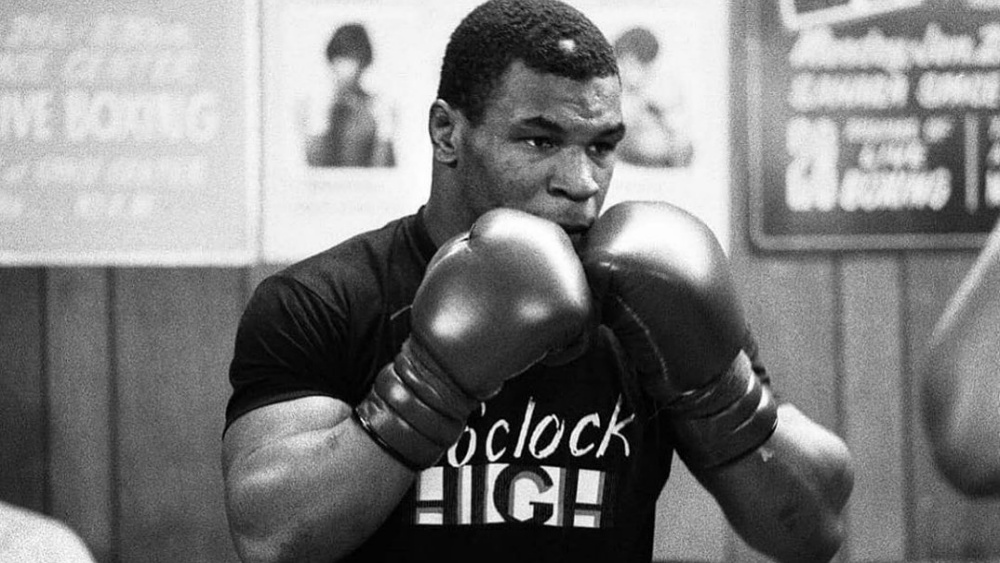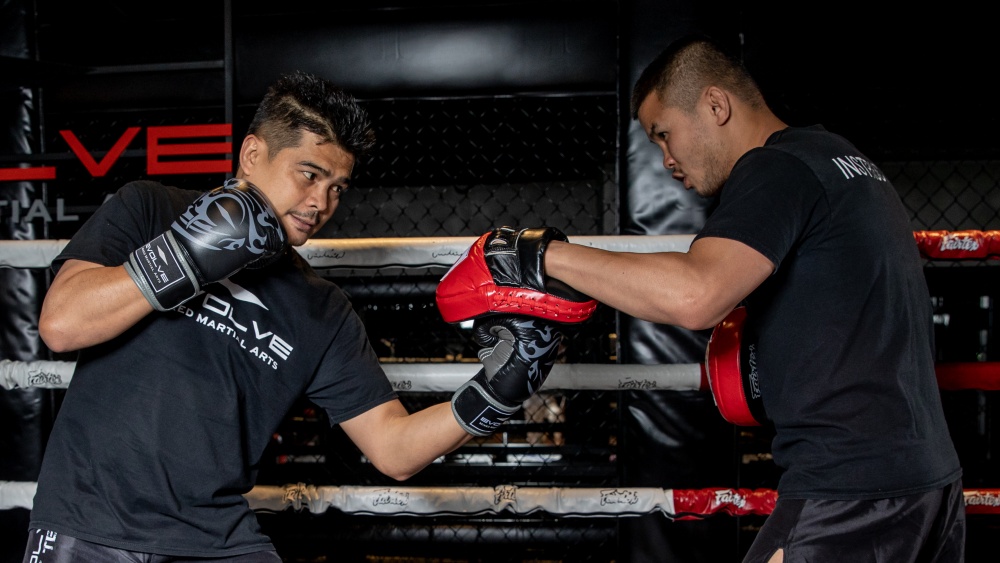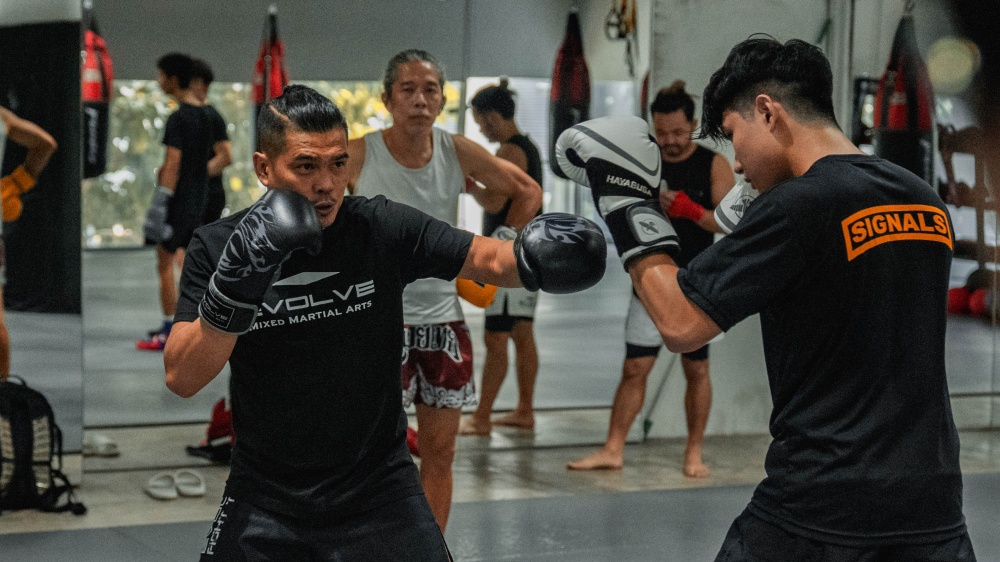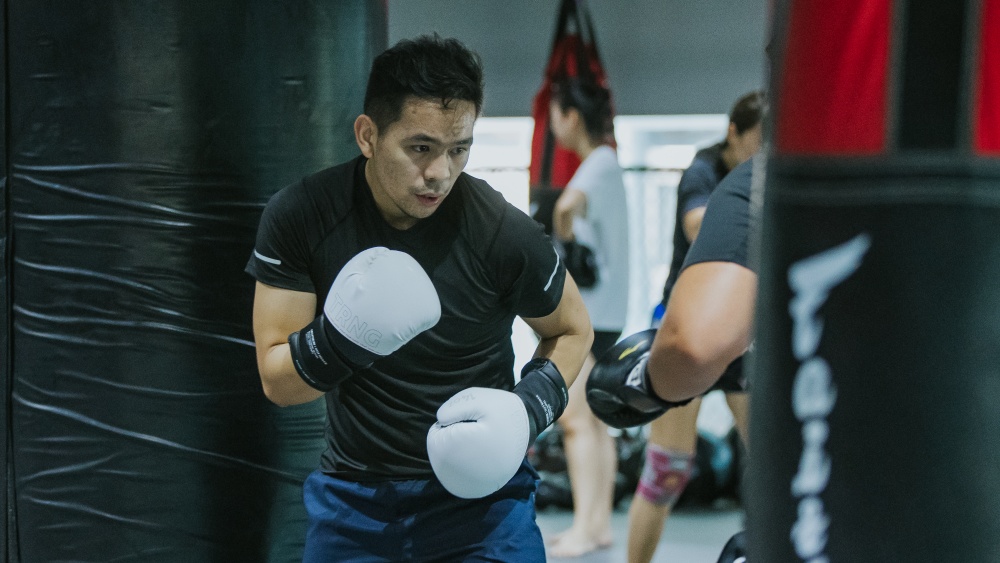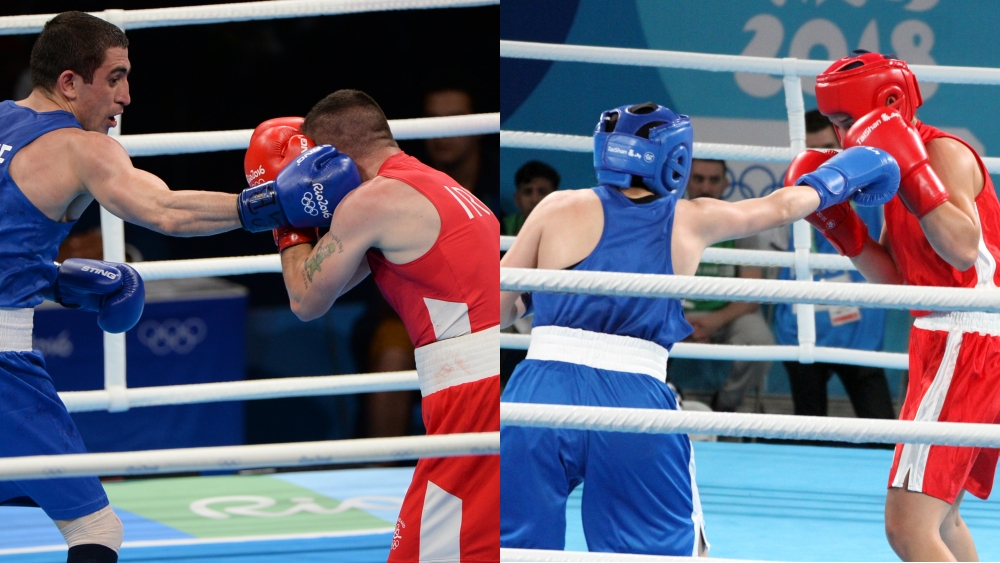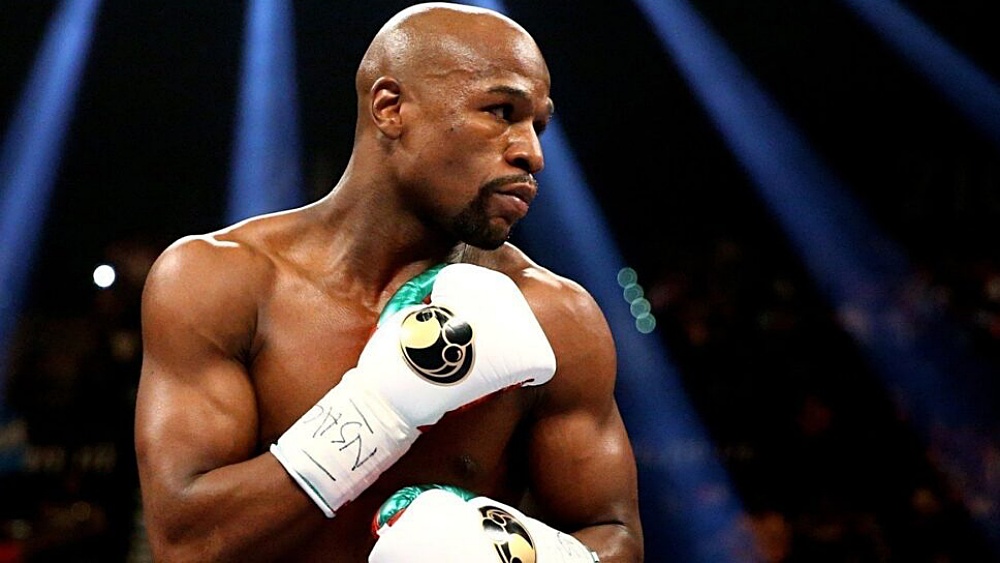The Peekaboo style of boxing is one that is unique in its concepts and execution in the ring. It was first developed by Constantine “Cus” D’amato, trainer to the legendary Mike Tyson. Focusing on a tight defense and aggressive counter punching, the peekaboo style can be a powerful tool in any boxer’s arsenal. Today, Evolve Daily is pleased to share a beginner’s guide to the peekaboo style.
Origin
https://www.youtube.com/shorts/hhOdRU7BmoA
As mentioned above, the peekaboo style was founded by Cus D’amato. Cus actually did not refer to the style as peekaboo; rather, he referred to this style of boxing as tight defense. Although usable by any boxer, this style particularly favors shorter fighters with a stocky build. This is because the peekaboo style turns the shorter fighters’ reach disadvantage into one of their main weapons. The basis of the peekaboo style is utilizing head movement and shifting footwork to get inside an opponent’s punching range, where the shorter fighter has the advantage. Once inside, the peekaboo boxer’s aim is to unload as many hard shots as they can to their opponent’s body and head. The opponent would then attempt to move away and keep the fight on the outside, and the process would begin again. This approach of closing first, then unloading once inside the opponent’s range is much different than a traditional counter punching style. A typical counter puncher’s strategy would be to use the jab and head movement from the outside, to set up a counter punch when the opponent misses a shot or has an opening in their guard. The peekaboo style is more proactive and aims to force the opponent into exchanges, making them miss, and aggressively creating counterpunch opportunities. Mike Tyson has said that Cus D’amato got the idea for the peekaboo style from Goju Ryu Karate. Cus watched their training and applied the Karate concept of moving into position and striking with full power, or “bad intentions”.
Although Mike Tyson is the most famous boxer to use the peekaboo style, Cus D’amato had two other standout proteges including Floyd Patterson, the youngest heavyweight champion before Tyson and an olympic gold medalist in the middleweight division, and Jose Torres, who held the WBC, WBA, and lineal light heavyweight championship belts and was also a silver medalist in the 1956 Melbourne olympic games.
Stance
The peekaboo stance is very different from a traditional boxing stance. Instead of having your body turned forty-five degrees with your feet shoulder-width apart and a line between your lead big toe and rear heel, the peekaboo has a boxer square up with their feet nearly side by side. While it may seem counterintuitive to make yourself a larger target by squaring up, the peekaboo stance has some unique advantages as well. First and foremost, the nearly lateral stance allows a boxer to move swiftly and explosively in any direction, something that can be difficult to achieve in a more traditional boxing stance. Because the boxer’s hips are squared, this gives them the ability to put power into both their lead and rear hand, allowing for power strikes to come from unexpected angles.
The peekaboo style’s squared-up stance creates unique patterns and combinations of footwork. D’amato trained his fighters to be ambidextrous, constantly switching from orthodox to southpaw, sometimes even mid-combination! One of the unique footwork techniques in the peekaboo style is the back foot step. This is considered “incorrect” by many coaches and trainers, who teach boxers to move their lead foot followed by their rear foot when moving forward. In contrast, the back foot step has a boxer move their back foot first, stepping right next to the lead foot, followed by an explosive step in with the lead foot. This technique, although unorthodox, allowed a boxer to close the gap extremely fast since it covers about twice the distance as a traditional boxing forward step. Mike Tyson would often use the back foot step coupled with a jab to set up his dynamite right hand.
Another unique peekaboo footwork technique is the slip step, also used by Mike Tyson. To perform the slip step, move your head over your lead leg as you slip your opponent’s jab. At the same time, step your rear leg forward, momentarily ending up in the opposite stance. From this opposite stance, throw a punch with what is now your rear hand, while shifting and stepping through with what is now your rear leg, ending in your original stance. This sequence has you avoiding an opponent’s jab, while closing the gap, and setting up a hard shot with your lead hand. Above are examples of Mike Tyson using both the back foot step and the slip step, as well as a deeper explanation of when to use both.
The D’amato shift was another trademark of the peekaboo style. This technique was used by Tyson anytime he wanted to aggressively take an angle on a shelled-up opponent. The D’amato shift starts with a boxer slipping and putting their weight over their lead leg. At this point, there is a galloping motion while turning your hips counterclockwise. Your rear leg should be about where your lead leg started, with you facing your opponent from the side from the opposite stance. This position puts your rear hand close to your opponent to unleash a powerful hook or uppercut, while also putting your lead hand in position to strike around your opponent’s guard.
The final peekaboo footwork pattern we will discuss today is the side shift, or shoot. This is mainly used when a boxer dashes in and puts all their weight on their front foot. Instead of being stuck and planted, a peekaboo fighter uses the momentum generated by the forward movement to push off their front foot towards their rear side. This can also be used after a hard lead hook where the weight is transferred completely to the rear leg, pushing off the rear foot and shooting to the lead side. The side shift is a versatile tool to maximize mobility and create angles, especially when used mid-combination.
This guide just scratches the surface of the unique peekaboo style of boxing. Practice these movements in the mirror and in shadowboxing to add a powerful tool to your boxing arsenal!
You may also like:
